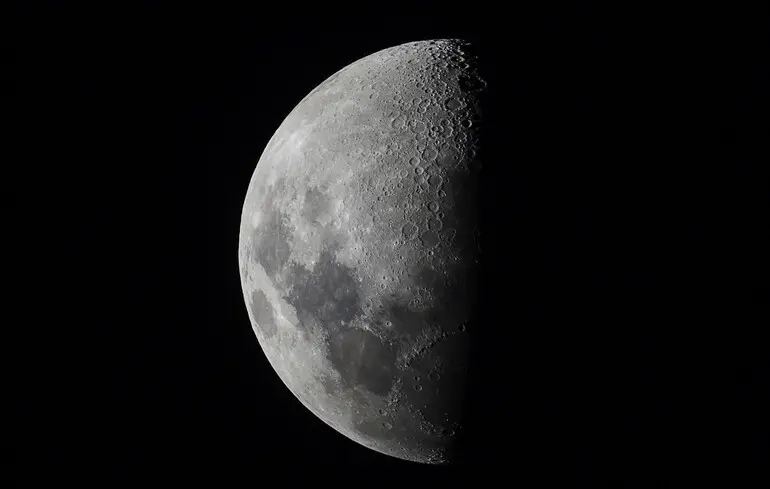Humanity’s Might: Potential Strategies to Protect the Moon from the 2032 Threat

In 2032, Earth could face a new cosmic threat—an asteroid, 2024 YR4, that has a chance of colliding with our Moon.
While initial predictions estimated only a 3% probability of impact, recent studies and updated data increase this likelihood to 4%, raising concerns among scientists and space agencies.
Researchers from NASA and other space organizations are exploring various mechanisms to prevent potential disaster: from altering the asteroid’s trajectory to destroying it using nuclear technologies.
The most optimal solution, scientists suggest, is to nudge the asteroid away—small adjustments to its course could prevent it from hitting the Moon or even Earth.
Due to the difficulty in precisely determining the asteroid’s mass and density, which is estimated to be around 60 meters in diameter and weighing between 51 and 711 million kilograms, planning such operations is extremely complex.
Best timing for detailed investigations and mission planning is projected as 2028.
Alternatively, destruction of the asteroid remains a possibility—through kinetic impact or nuclear explosion.
The kinetic method involves smashing the asteroid into a large object to fragment it into smaller pieces, reducing impact risk.
A nuclear detonation approach would use a 1-megaton bomb to disable the object regardless of its size, but this raises political and ethical questions, as well as risks of creating a cloud of debris that could threaten satellites and space stations.
Given current geopolitical tensions, preparing and executing such missions require careful coordination and international cooperation to mitigate potential cosmic catastrophe and preserve space stability.

